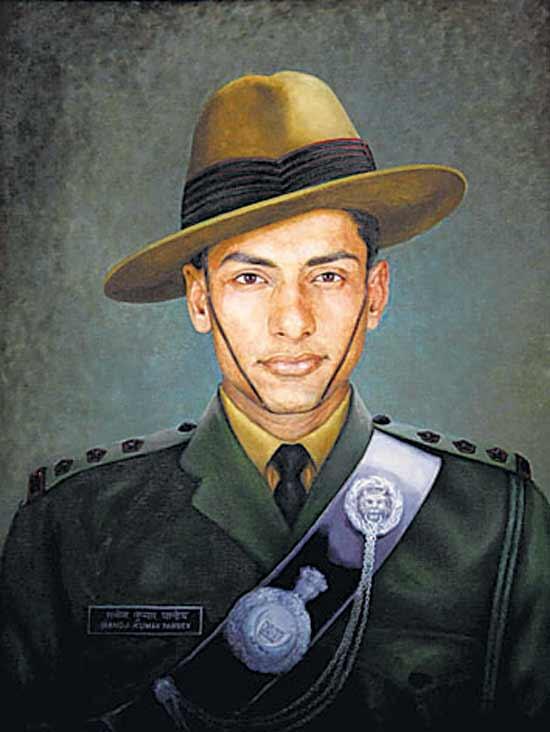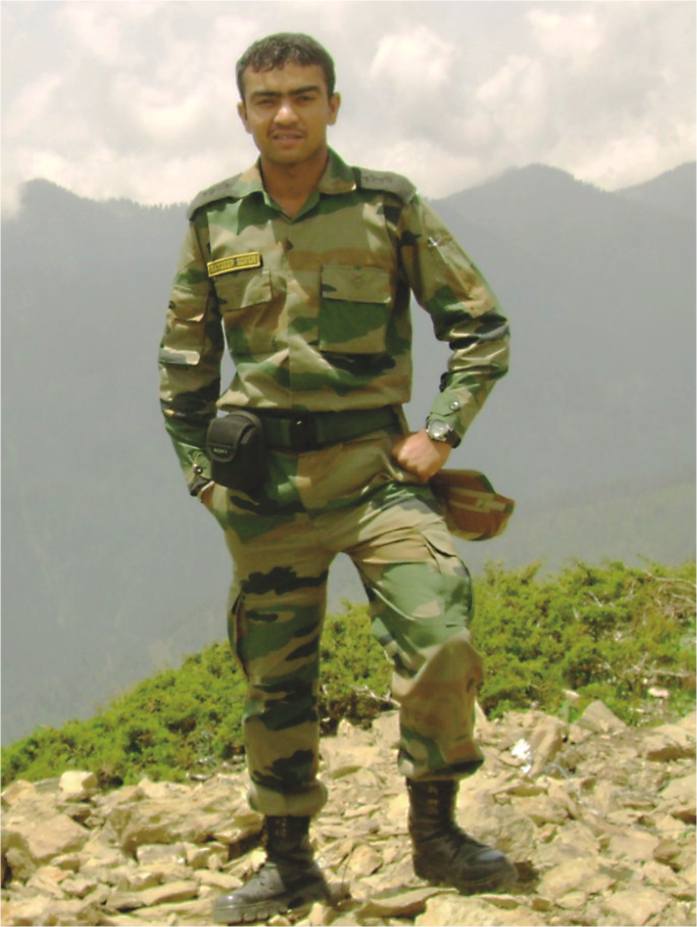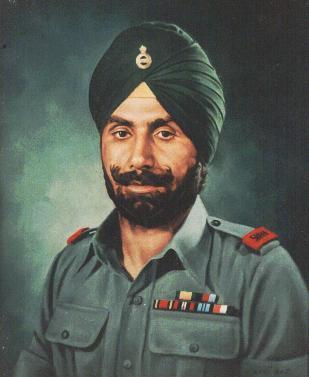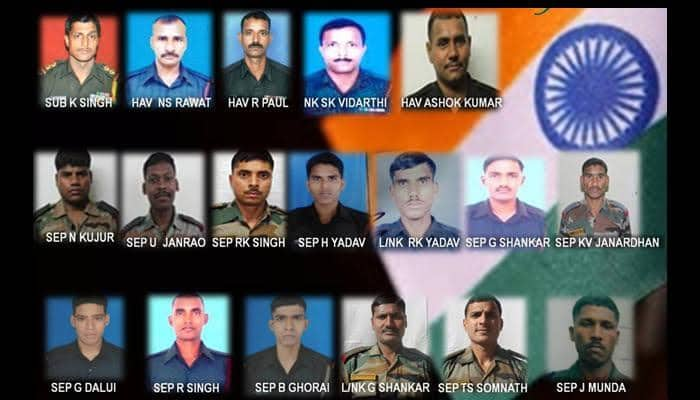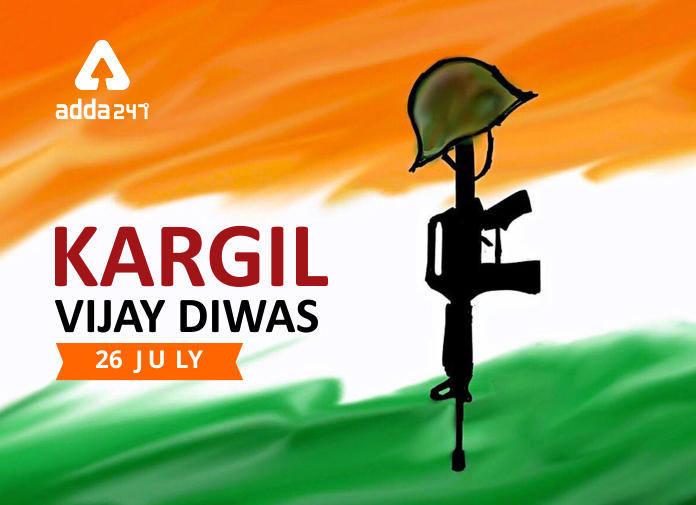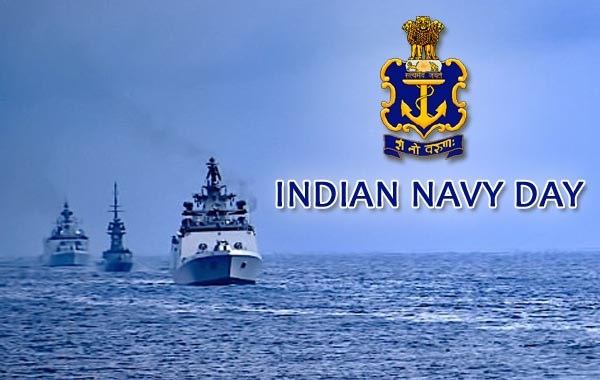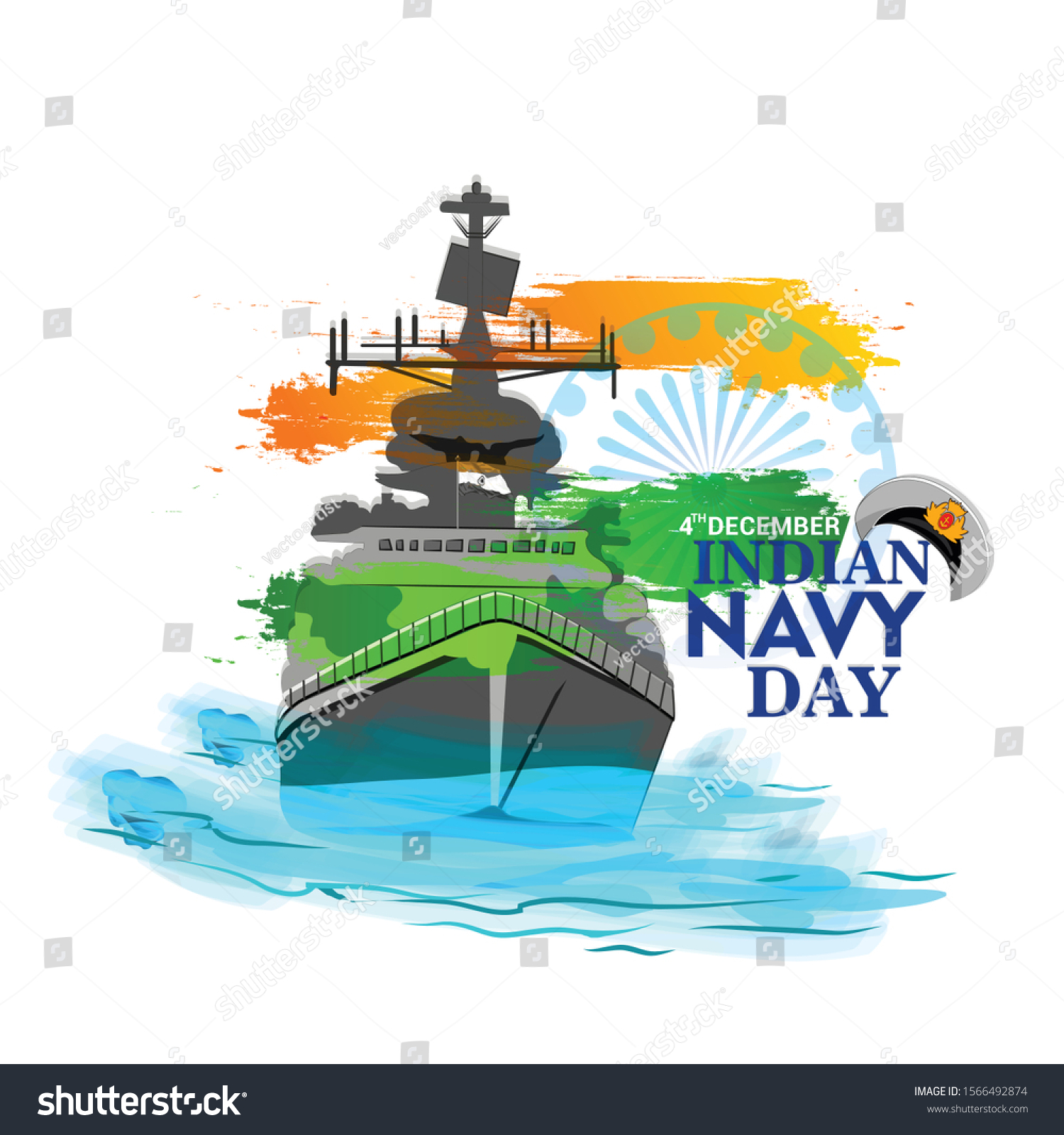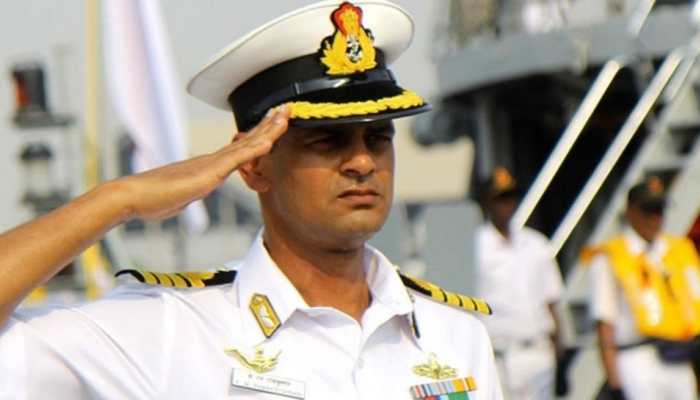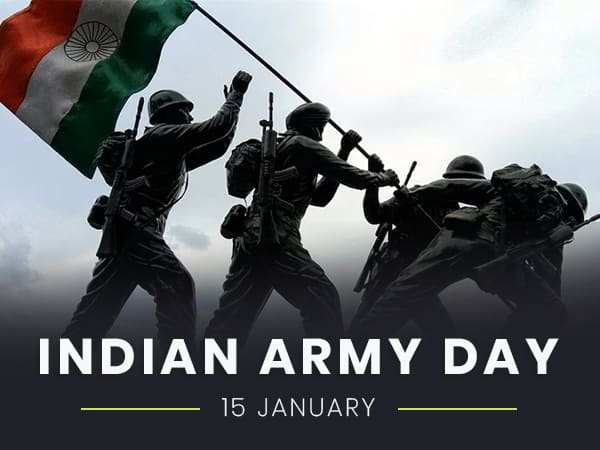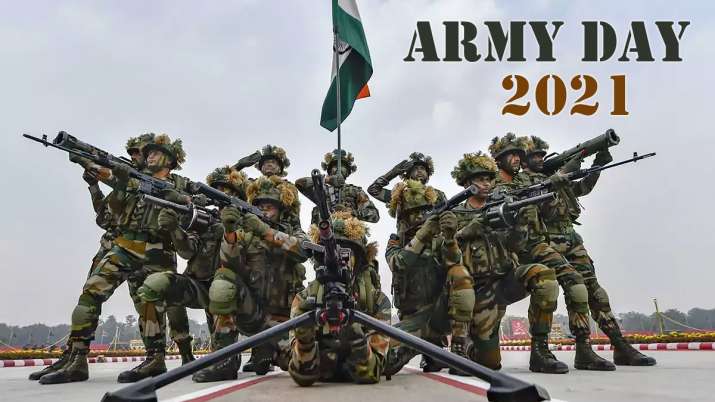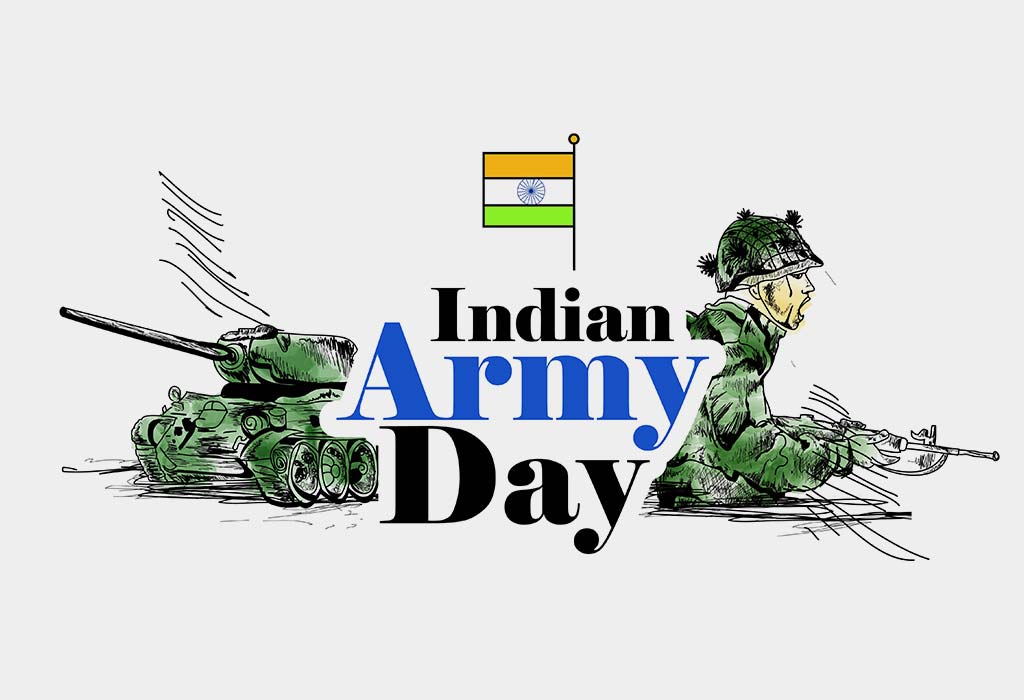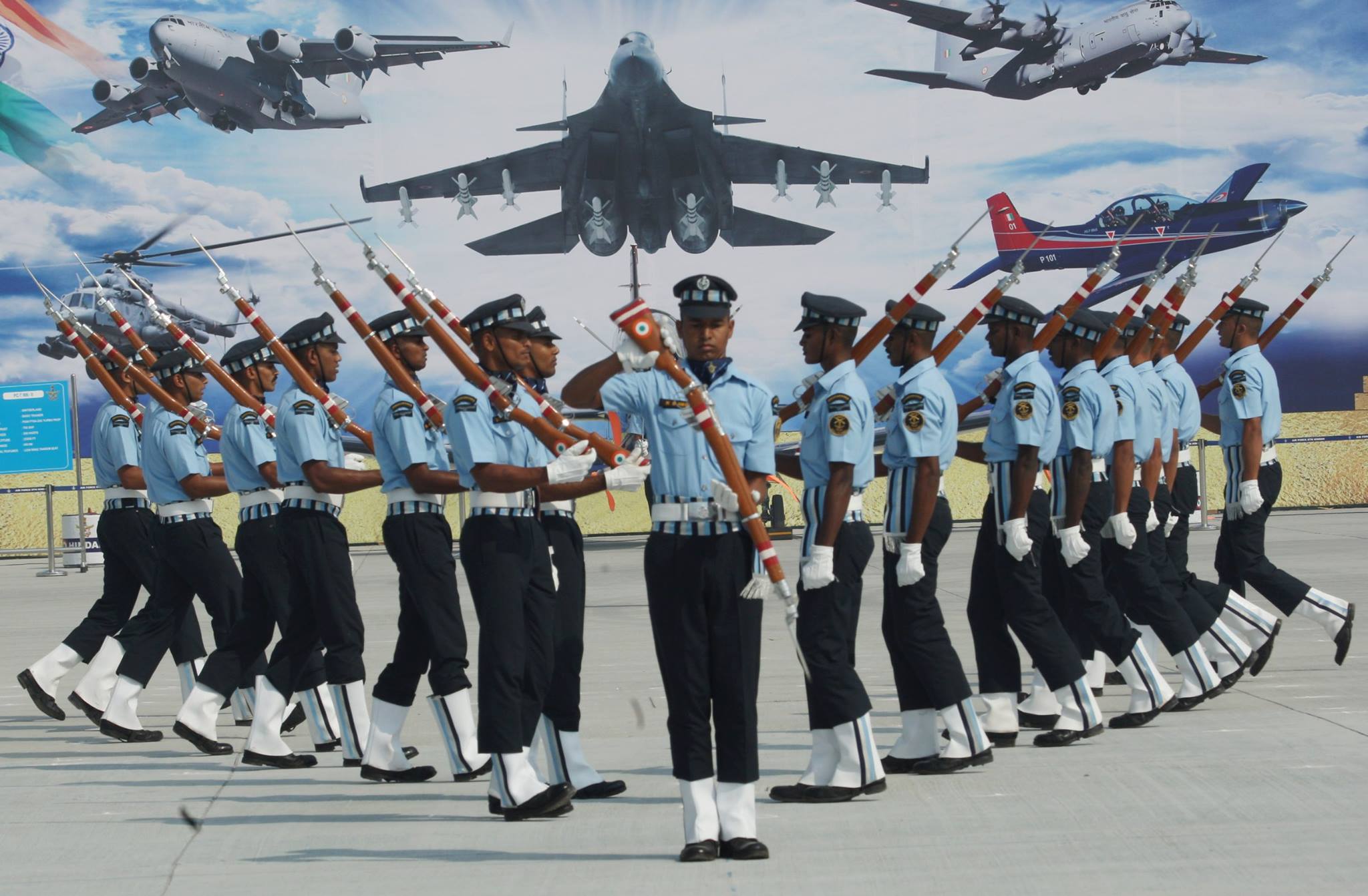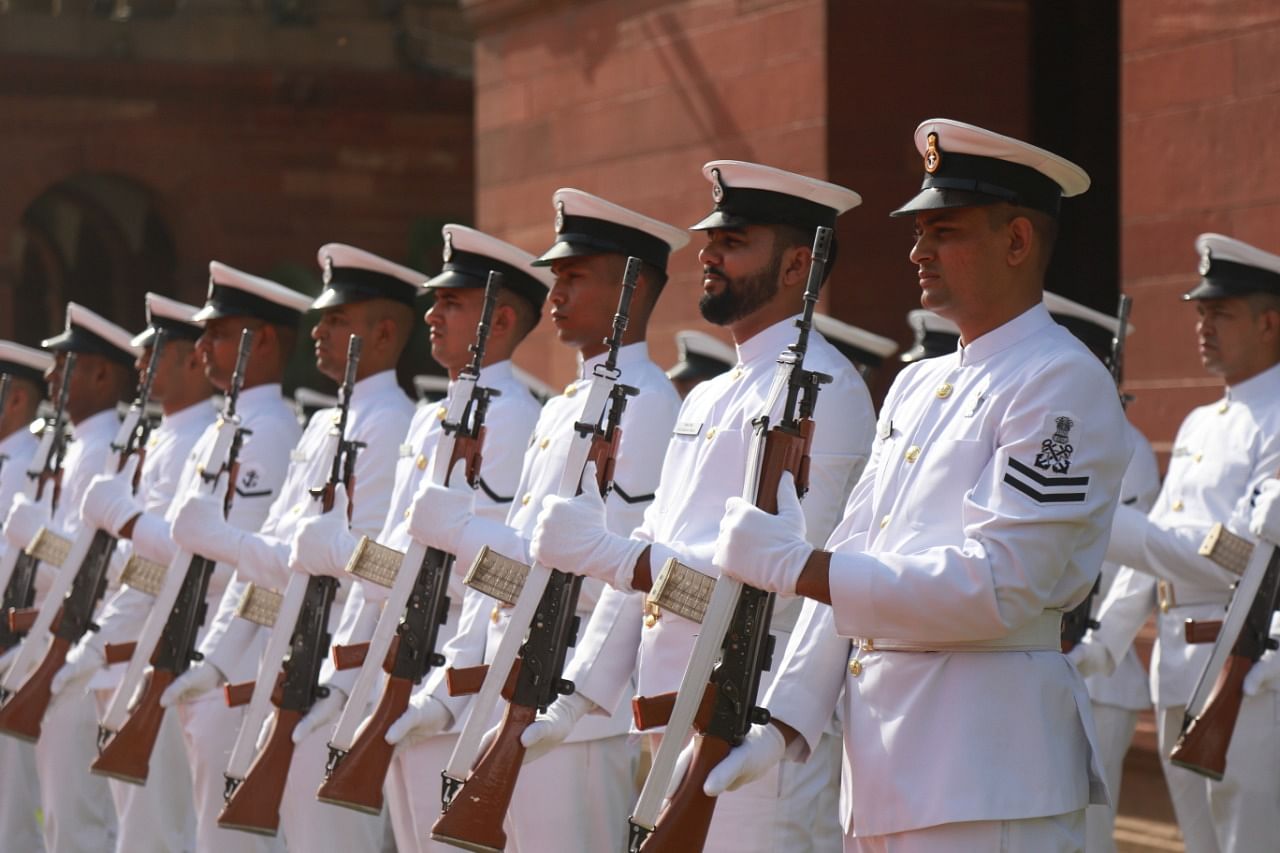Heroic Stories of Indian Soldiers
1.When Captain Vikram Batra displayed an example of valor.
Captain Vikram Batra, was an officer of the Indian Army and was posthumously awarded with the Param Vir Chakra, India’s highest and most prestigious award for valour, for his actions during the 1999 Kargil War in Kashmir between India and Pakistan.
He celebrated the capture of Point 5140, at an altitude of 17,000 feet, which was under the illegal possession of the Pakistani soldiers. Despite being fired at by heavy machine guns, Captain Batra and his men managed to destroy 2 machine gun posts. Captain Batra’s gallantry was proved when he single-handedly killed 3 enemy fighters in a dangerous combat.
He died rescuing an injured officer while leading his men on a successful assault on Point 4875.
2.When 2nd Lt. Arun Khetarpal single-handedly destroyed numerous Pakistani tanks and troops, denying Pakistan to enter the Indian soil.
During the 1971 Indo-Pak war, a bridge was constructed across Basantar river so that the soldiers could crack the enemy-mine field. But half way through, the enemy raided the bridge. The sufficiently armored Pakistan regiment, attacked the Indian troops, which were outnumbered.
Therefore, the commander of Squadron sought assistance from Arun Khetrapal. As soon as he got the message, he got into the enemy’s neck and captured many soldiers. Meanwhile, Pakistan blew India’s second tank. Arun Khetrapal single-handedly destroyed 4 tanks of Pakistan. In return, Pakistan wrecked the other two tanks, one of which was Arun Khetrapal’s. He didn’t accept defeat and continued to fight even in his flaming tank.
3.When Captain Manoj Kumar Pandey’s bravery led to India’s victory in the 1999 Kargil war.
“If death strikes before I prove my blood, I swear I will kill death.”
These were the words of Captain Manoj Kumar Pandey.
During the 1999 Kargil war, he led his troop to capture the Jubar top. During this, Pakistan continued to fire on his men. Demonstrating an act of bravery, he went ahead of his troop and fired a lot of bullets. He was wounded by bullets on the leg and shoulder.
As a part of Operation Vijay, he was asked to clear the enemy positions amidst heavy shooting. Bravely striking the 1st enemy position, he killed 2 enemies and destroyed the 2nd position by killing 2 more. While clearing 3rd, bullets injured his shoulder and legs. Undaunted, he continued to lead the assault on the 4th, which he destroyed with a grenade. At the end, a bullet penetrated hisforehead.
His daredevil act led to the capture of Khalubar.
4.When Lieutenant Navdeep Singh displayed invincible spirit while fighting the terrorists and making an ultimate sacrifice for the nation.
After knowing about the infiltration of a group of terrorists in Jammu Kashmir on 20 August 2011, Lieutenant Navdeep Singh gauged the likely route of the terrorists and planned to lay an ambush at the appropriate spot. When the terrorists were spotted, an exchange of intense fire ensued.
Leading from the front, the officer eliminated 3 terrorists at close range. On seeing another terrorist approaching their position, with utter disregard to his personal safety, the officer swiftly changed his firing position and he got hit by a bullet on his head. He nevertheless managed to eliminate the 4th terrorist. Further displaying utmost bravery and comradeship, he pulled an injured fellow soldier to safety and kept firing till he became unconscious due to excessive blood loss.
He was posthumously conferred the highest peacetime gallantry award of India, the ‘Ashoka Chakra’ by President of India on the 63rd Republic Day.Though their acts of bravery cannot be limited to this article, but on account of Indian Army Day, let’s take a moment to salute these brave soldiers for their esteemed contributions towards the country.
5. Subedar Karam Singh
Born in Sehna village in the Sangrur District of Punjab, Karam Singh was the first non-posthumous Param Vir Chakra awardee. Singh retired from the Indian Army as Honorary Captain in 1948 and died in 1993 at the age of 77. He is also the only Indian to win the highest medals of both the British and Indian governments.
Among his several brave acts, Karam Singh is best known for his courage on 13 October, 1948, when Pakistan decided to launch a brigade attack to retake Richhmar Gali in Kashmir. The firing was so furious that it destroyed almost all the bunkers in the Indian platoon. The communication with the commander was also cut off and Singh could not update his situation or ask for reinforcements.
He was left with just one choice – to fight the enemy with whatever little army and weapons he had. The attacks had left Karam Singh severely injured but nothing could deter his spirit. He refused to evacuate the post even when the enemy got very close. When enemy soldiers came even closer, Karam Singh jumped out of his trench and stabbed two intruders to death. His brave act demoralised the enemy so much that they broke off the attack.


